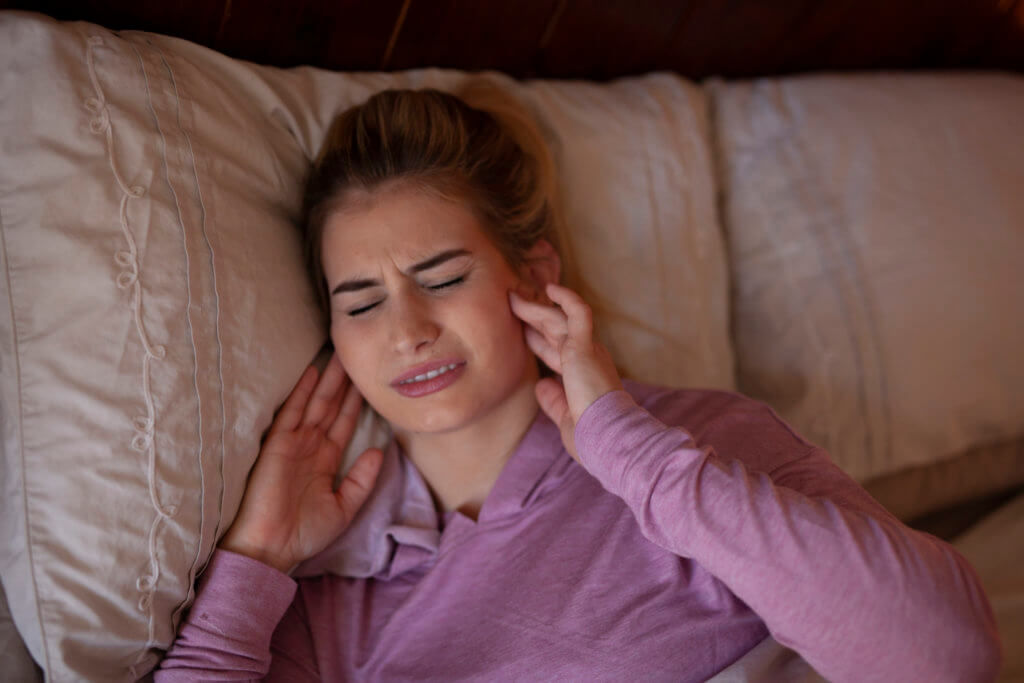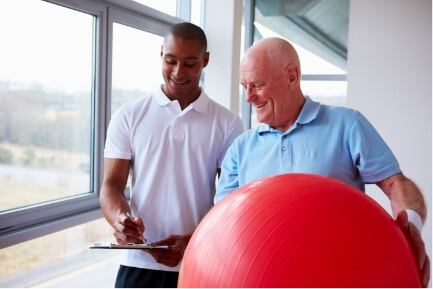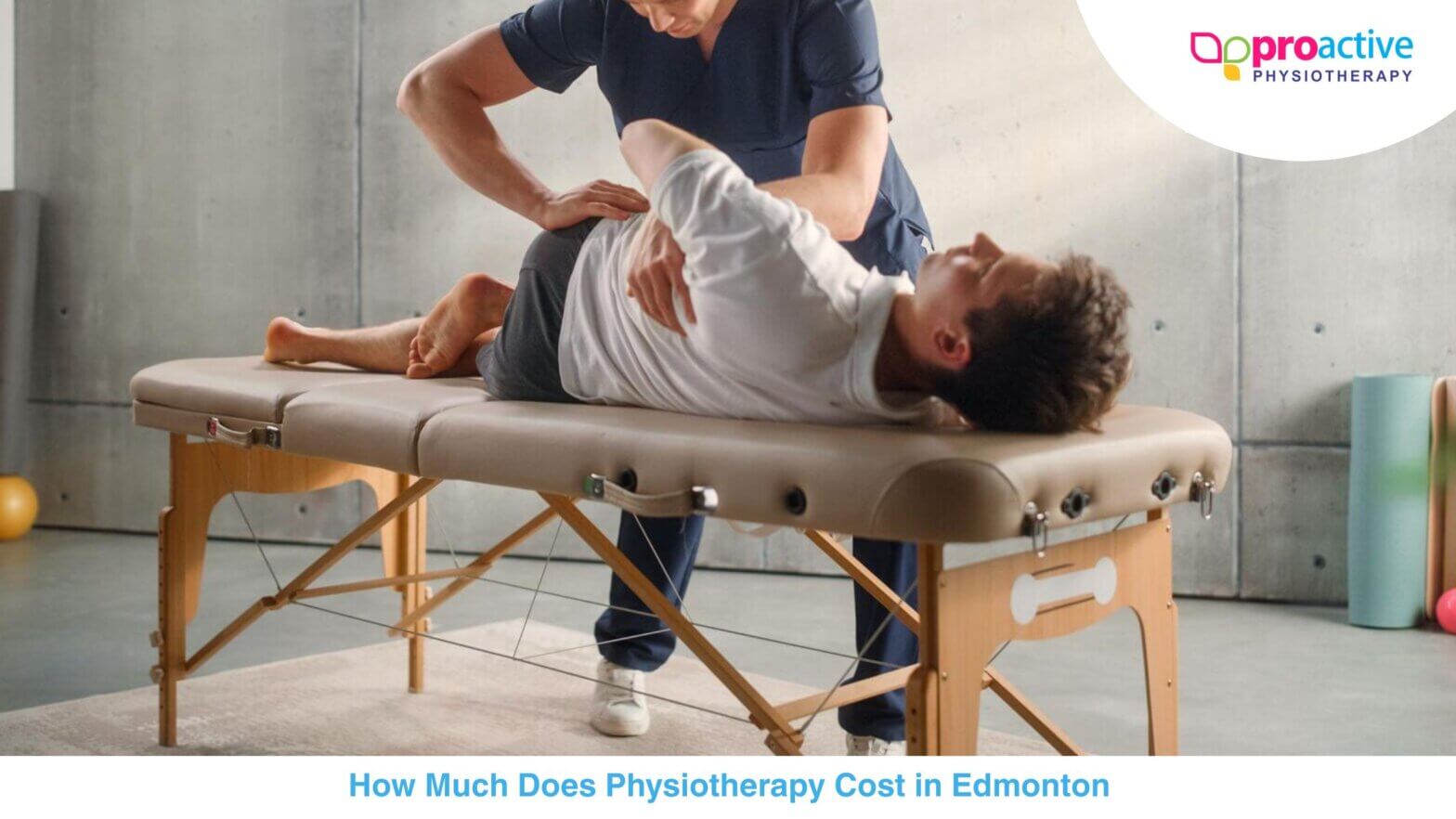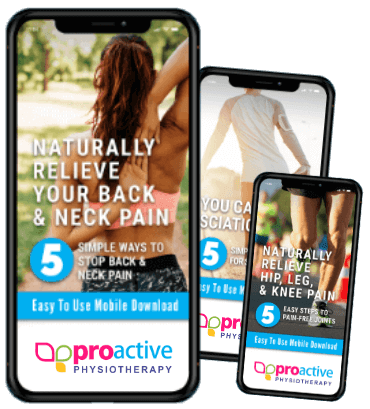The temporomandibular joints or the TMJ are two joints that connect your lower jaw to your skull. These are the joints that slide and rotate in front of each ear and consist of the mandible (lower jaw), along with the temporal bone (side and base of the skull.) Patients with TMJ disorders have a condition which affects these jaw joints along with the surrounding muscles and ligaments. They can be caused by something as simple as an improper bite or they can be a result of trauma, arthritis, or wear and tear. Problems with the TMJ that lead to jaw pain are called TMD or temporomandibular dysfunction. Dealing with TMD in your day-to-day life shouldn’t be an option. Physiotherapy for TMD can help you feel yourself in no time.
What’s Causing my TMJ To Hurt?
Your TMJ is a complex joint and consists of the two bones and a disc. When functioning correctly, both sides of your jaw must be able to open in two phases. The first phase involves your mandible spinning inside the joint. This is then followed by the next phase where the mandible and disc glide forward on the temporalis bone to achieve full opening. If these two phases are not in sync and coordinated on both side then it can cause misalignment of the jaw which can result in painful symptoms
What are these symptoms?
TMD symptoms can be mild or rather severe. TMD often makes it difficult to eat food, especially solid foods that you have to bite down on.
- Pain surrounding the joint
- Locking of the jaw
- Muscle spasms surrounding the jaw
- Headaches, dizziness, nauseau
- Popping or clicking of the jaw which can be painful
What Is Causing My TMD?
Your jaw and your TMJ can become injured in many ways. These result in painful movement of the jaw and misalignments.
- Trauma. The most common cause of TMD is through trauma to the joint. This trauma results in hypermobility or after the scarring process takes place can lead to stiffness in one or both of the TMJ joints. This stiffness creates an unequal movements which can gradually accelerate wear and tear of the joint structures.
- Grinding. Sometimes we grind our teeth when we sleep and some people are recommended to wear a night guard in order to protect your teeth from wear overnight. This grinding of the teeth and clenching of the jaw wears on you overtime and can cause TMJ Dysfunction. This in turn results in joint or disc injuries as well as muscle spasms.
- Posture. What? Posture? Yes, posture can cause TMD since many of the muscles that control your jaw also attach to the upper neck. Having a ‘forward head posture’ is a common factor in jaw dysfunction.
- Eating. Yes, big surprise again, but sometimes people can injure their TMJ joints simply by eating. Biting down on large or hard objects, especially if it is only one one side of the mouth can hurt your TMJ.
How Does Physiotherapy Help Me Eliminate My TMJ pain?
The practice of physiotherapy involves improving range of motion of joints(flexibility), reducing scar tissue(if there is any), and improving the strength and durability of your joints, ligaments, and muscles to improve your health, at any stage in your life.
Physiotherapy Helps To Improve Mobility
If your TMJ pain is caused by a stiff joint, then one of our licensed physiotherapists can use manual therapy techniques to get the joint moving properly again. Your physiotherapist will also prescribe to you specific stretches to do regularly. These stretches combined with manual therapy will help you restore normal motor function in your TMJ and increase mobility.
Reducing muscle spasm
Muscle spasms may be causing you TMJ Dysfunction. Physiotherapists are anatomy and movement experts, they understand how to assess the muscles of your TMJ. Manual therapy techniques are a common treatment and will help reduce pain and get you back on your feet in no time!
Fixing Your Posture
Your TMJ pain may be stemming from something as simple as posture. At ProActive Physiotherapy we teach our patients how to strengthen these postural muscles and lengthen shortened tissues, so you can improve your head position. Your physiotherapist will also go over how to set up your workstation and work around any problems that may be causing you TMJ pain.
Relieving Pain
In some cases, patients are in extreme amounts of pain and need quick pain relief so that they can even start with the changes above. In these cases, our physiotherapists will use techniques such as acupuncture, and gentle manual therapy.




